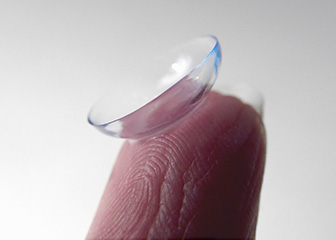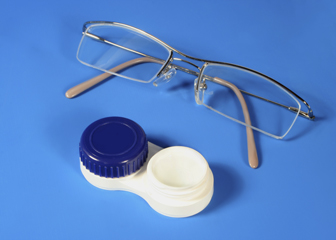Summary

| Quick Facts: Ophthalmic Laboratory Technicians | |
|---|---|
|
$27,970 per year
$13.45 per hour |
|
| High school diploma or equivalent | |
| None | |
| Moderate-term on-the-job training | |
| 29,800 | |
| 13% (About as fast as average) | |
| 3,800 | |
What Ophthalmic Laboratory Technicians Do
Ophthalmic laboratory technicians make prescription eyeglasses and contact lenses. They are also commonly known as manufacturing opticians, optical mechanics, or optical goods workers.
Work Environment
Ophthalmic laboratory technicians work in medical equipment and supplies manufacturing laboratories, health and personal care stores, and offices of ophthalmologists and optometrists. They often have limited contact with the public.
How to Become an Ophthalmic Laboratory Technician
There are no formal postsecondary education requirements for becoming an ophthalmic laboratory technician, and most technicians have at least a high school diploma. Technicians usually learn their skills on the job.
Pay
The median annual wage of ophthalmic laboratory technicians was $27,970 in May 2010.
Job Outlook
Employment of ophthalmic laboratory technicians is expected to increase 13 percent from 2010 to 2020, about as fast as the average for all occupations.
Similar Occupations
Compare the job duties, education, job growth, and pay of ophthalmic laboratory technicians with similar occupations.
O*NET
O*NET provides comprehensive information on key characteristics of workers and occupations.
Contacts for More Information
Learn more about ophthalmic laboratory technicians by contacting these additional resources.






